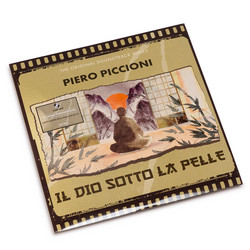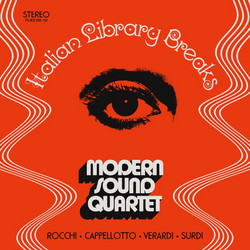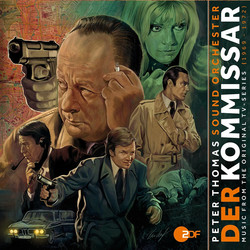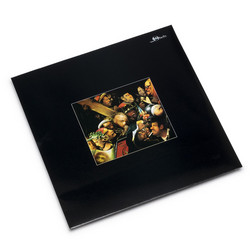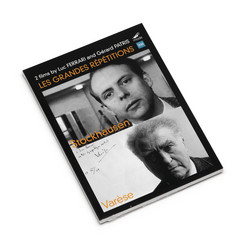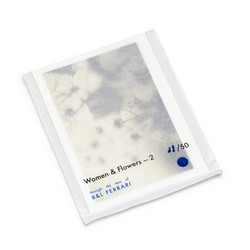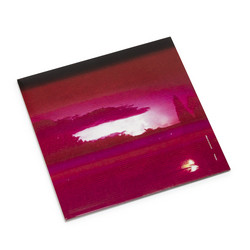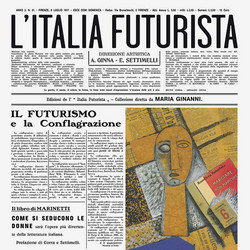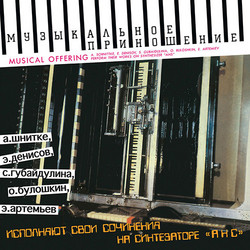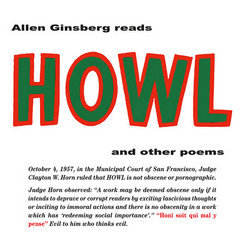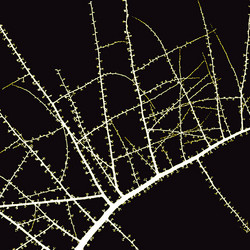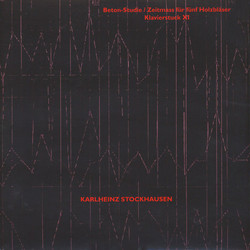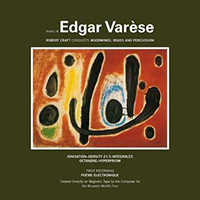Bernard Parmegiani, Francois Bayle, Ivo Malec, Luc Ferrari
Musique Concrete (Lp)
This outstanding LP (originally published in 1969 for the US market) together a selection of music recorded at GRM, mostly during early 60s. Le Groupe de Recherches Musicales (The Group of Musical Research) of the O.R.T.F. (Office of the French Radio-Television) is known in the world principally as the promoter of an original technique of realization as well as reflection : Musique concrète. For more than fifteen years, the Groupe de Recherches Musicales has thus founded its experience, its methods of research and particular techniques upon a confrontation between the musical act, reflection upon its elements, experimentation on sound sources, and the electroacoustical means. Grouped around Pierre Schaeffer and Francois Bayle, composers and researchers try to give new direction to musical activity through the conjugated action of a program of Fundamental Research on the languages of music (concrete, electronic, but also instrumental and oriental) and a program of Expression, resulting in original compositions as well as essays for the ballet, theater, cinema, or television (...) In this LP you can find some great examples of the incredible production of many of the most celebrated composers of the ‘movement’: Boulez, Stockhausen, Parmegiani among others.

It begins with a piece by Pierre Schaeffer himself. His oeuvre is actually quite sparse, since he devoted more time to putting together a theoretical framework for his initial discoveries than he did to composition. Objets Liés (bound objects) is the second part of his 1959 suite Etude Aux Objets, an he recorded a new version of it for this LP. François-Bernard Mâche’s Terre de Feu (1963) constrasts glacial creaking, icy tinkling and watery trickles to create a primal, frozen soundscape which seems at odds with the title (fiery ground). Michel Philippot’s Etude III (1962) juxtaposes stacatto pinging sounds with clock chimes twisted and warped out of shape – the sound of a grandfather clock going cuckoo. François Bayle’s L’Oiseau Chanteur is the third part of his Portraits de L’Oiseau-Qui-N’Existe-Pas (portraits of the bird which doesn’t exist) from 1963. Oboe, horn and clavichord are seamlessly blended with electronic sounds which often approach the condition of birdsong. Electronic music is particularly good at imitating the complex sonorities of birdsong. The songs of certain birds, sound as if they are being produced by electronic rather than natural means. There is humour in Bayle’s music, too, with the occasional goofy chuckle bubbling through like an anthropomorphised woodpecker. The sprightly clavichord and rapid melodic and harmonic leaps and turns, combined with this humour, give it something of a Zappaesque flavour at times. Luc Ferrari’s Tête et Queue du Dragon (head and tail of a dragon) mixes hissing, dry rattling and wet slithering sounds with heat-hazed drones to create a sinister portrait of the beast in question. It’s a monster movie for the ears. Serbian-born Ivo Malec’s Dahovi (which means breathing in Serbo-Croat) from 1961 is dark and ominous, with low rumbling tones and distorted vocal sounds suggesting sinister goings on in some dank, torchlit crypt. Bernard Parmegiani’s Danse (1962) sprinkles tinkling showers of glassy sound droplets over a white noise waterfall before conjuring a swarm of tropical bird and insect sounds. It then quietens into more pointillistic dots of discrete sound before launching into a scurrying frenzy reminiscent of Ligeti’s manic harpsichord exercise in perpetual motion Continuum.
This is a milestone of concrete and electroacoustic music but is also an important reference for noise and industrial musicians up to the present day









